As an indispensable structural material in modern construction and machinery manufacturing, ASTM A500 rectangular tubing holds a significant position in the global engineering and construction market with its superior mechanical properties, diverse specifications and dimensions, and wide range of applications. This article comprehensively introduces the technical standards, production processes, material properties, specifications, and key application scenarios for ASTM A500 rectangular tubing, helping engineering designers, procurement experts, and construction managers gain a deeper understanding of the advantages and key considerations for selecting this important structural material.
What Is ASTM A500 Rectangular Tube?
ASTM A500 is a specification developed by ASTM International. It covers cold-formed welded and seamless carbon steel structural tubing. The rectangular variant is designed for use in construction, bridges, machinery, and other load-bearing structures.These tubes are formed from steel coils and shaped without heat. A rectangular shape provides excellent resistance to bending and torsion, making it suitable for multiple structural tasks.
Grades and Mechanical Properties
ASTM A500 includes several grades: A, B, C, and D. Each grade has different strength requirements.
Grade B and Grade C are the most common in rectangular tubes.
Grade B offers a minimum yield strength of 46,000 psi.
Grade C provides a higher yield strength of 50,000 psi.
These grades ensure that the tubing can support loads, withstand pressure, and resist deformation during use.
The consistent mechanical performance of ASTM A500 rectangular tubes makes them ideal for both static and dynamic structures.
Tensile Properties of ASTM A500 Rectangular Tubes
|
ASTM A500 Rectangular Tube
|
|
Minimum stretch(Mpa)
|
310
|
400
|
427
|
400
|
|
Yield Strength (Mpa)
|
269
|
317
|
345
|
250
|
|
Minimum elongation per 50.8mm, %D
|
25A
|
13B
|
21C
|
23B
|
Thanks to its strength, formability, and versatility, ASTM A500 rectangular tubing is used across many sectors:
1. Construction Industry
It is commonly found in commercial buildings, warehouses, and residential structures. Its hollow shape reduces weight while maintaining structural performance.
2. Infrastructure Projects
Rectangular tubes are used in bridges, signposts, guardrails, and urban railings. Their reliability under dynamic stress is key to safety.
3. Equipment Framing
The tubes are ideal for creating frames in manufacturing equipment, farming machinery, and transportation systems.
4. Furniture and Design
Modern furniture makers use ASTM A500 tubes for aesthetic and practical reasons. Clean lines and strength make them a good choice for industrial designs.
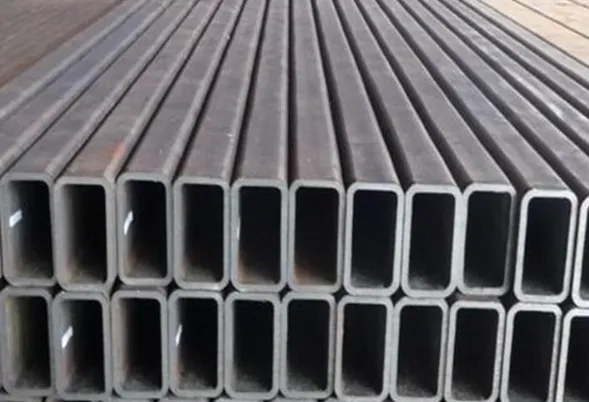
ASTM A500 vs. Other Structural Tubing Standards
ASTM A500 is often compared with:
ASTM A513: Used for mechanical tubing, not structural.
ASTM A36: Standard for structural shapes like I-beams, not tubing.
EN 10210: European standard for hot-formed structural tubes.
ASTM A500 remains the preferred choice in North America for welded and seamless structural tubing.






 English
English Español
Español بالعربية
بالعربية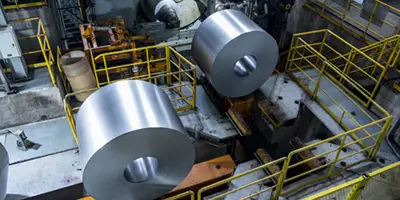

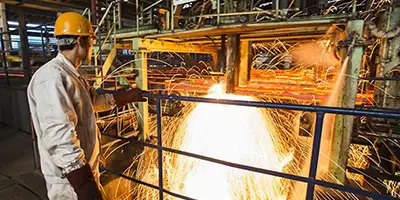
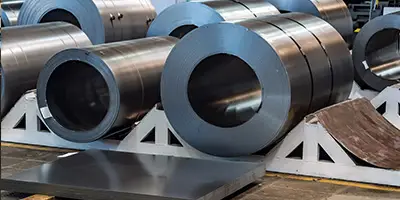

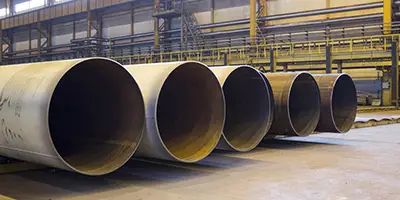

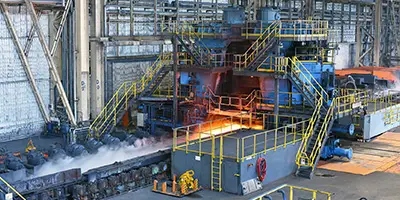
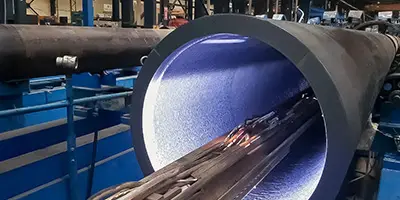
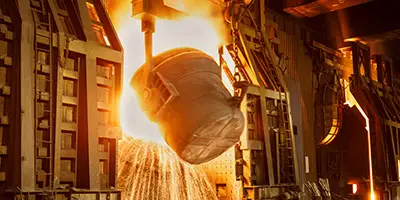


 Phone :
Phone :  Whatsapp :
Whatsapp :  Email :
Email : 


